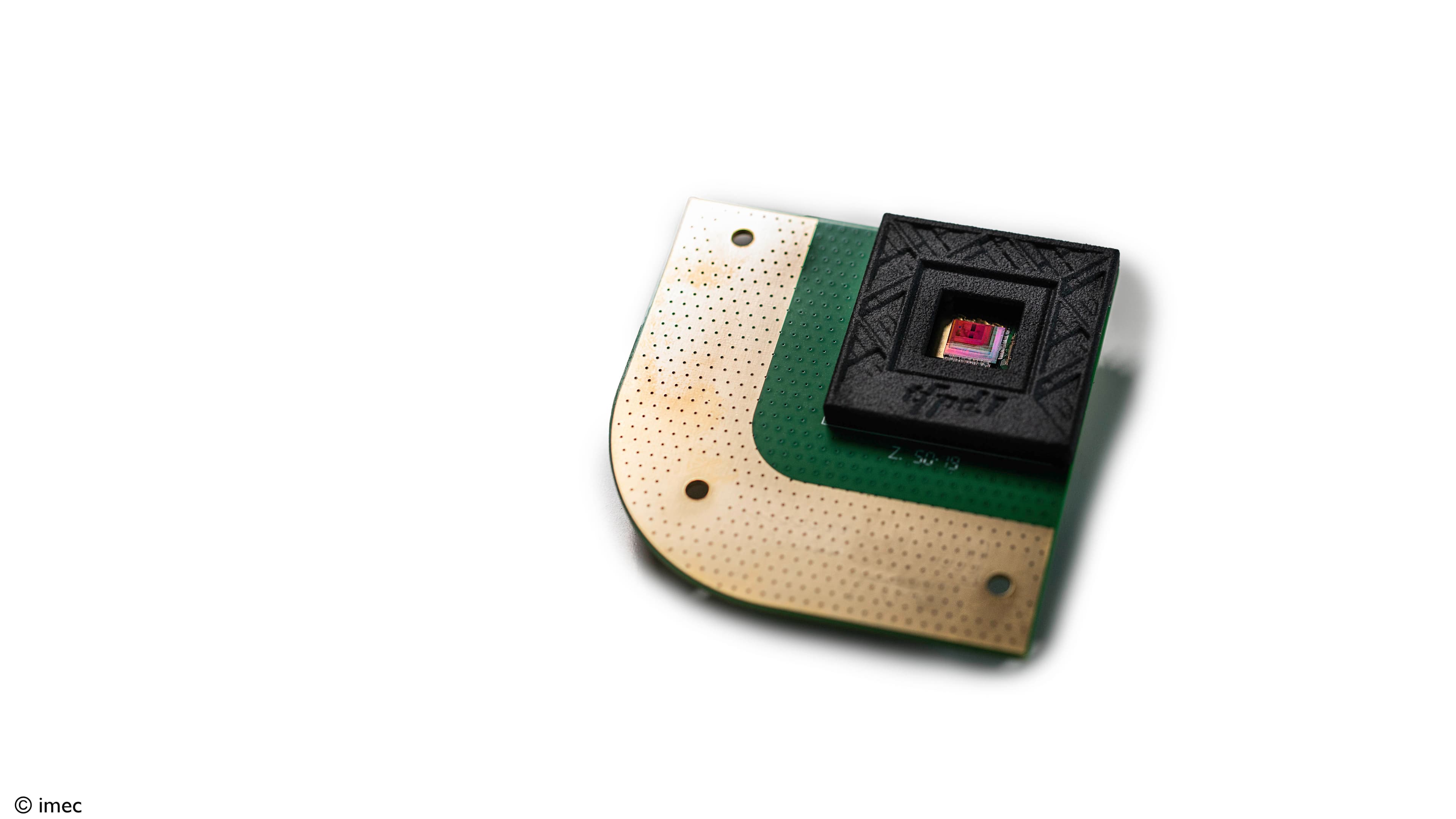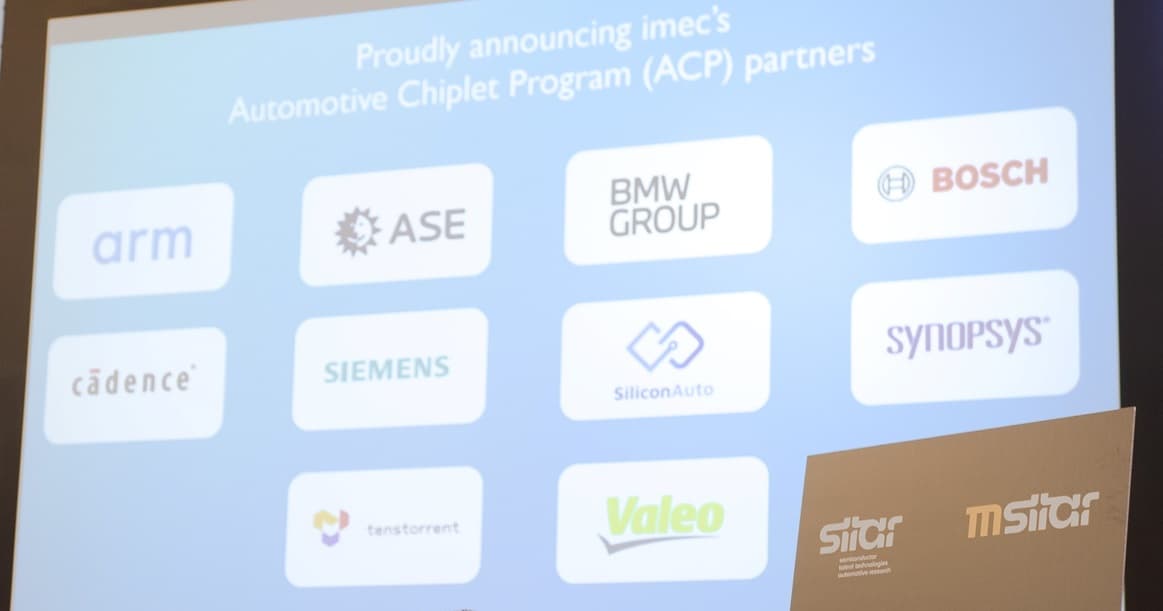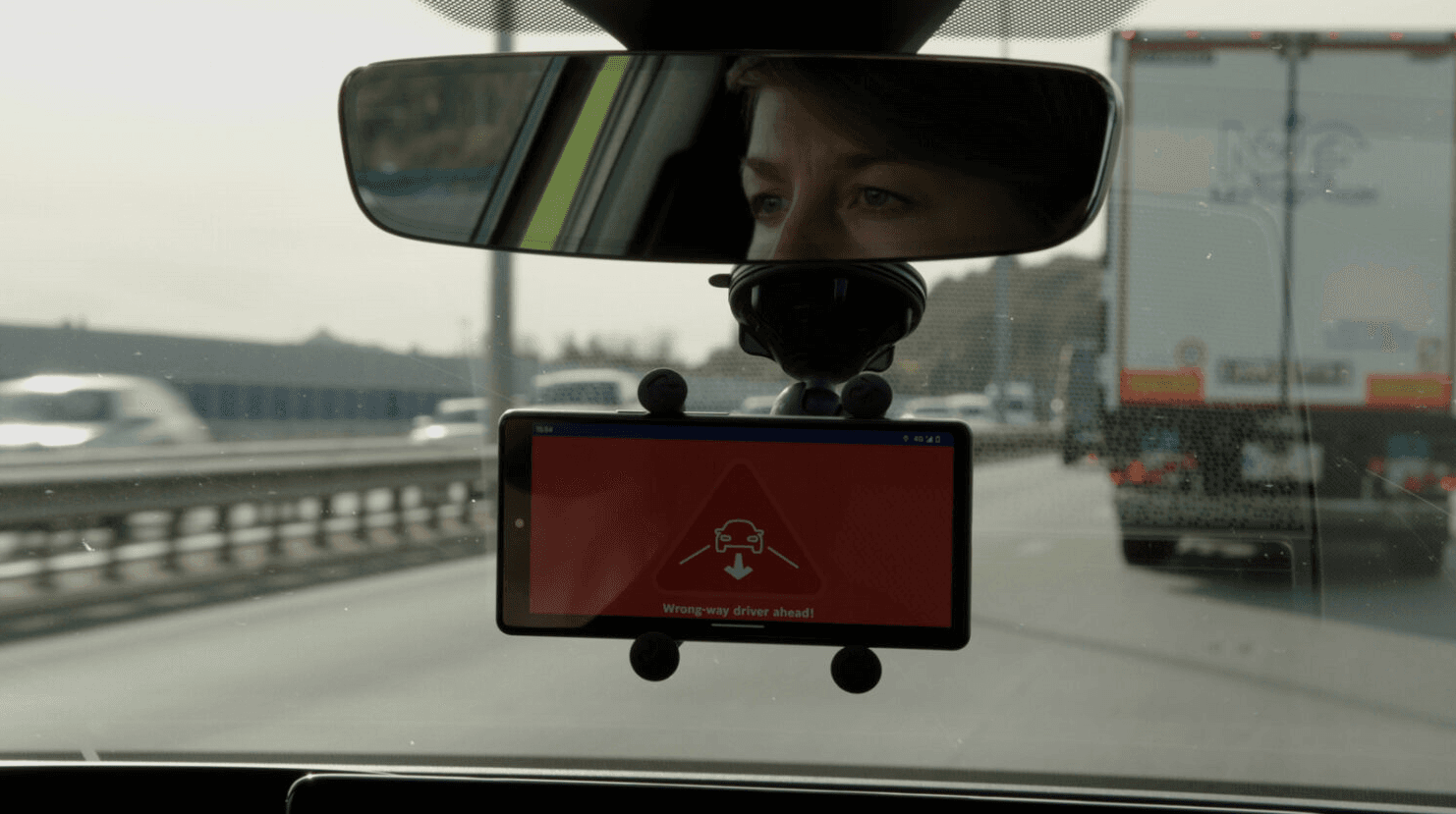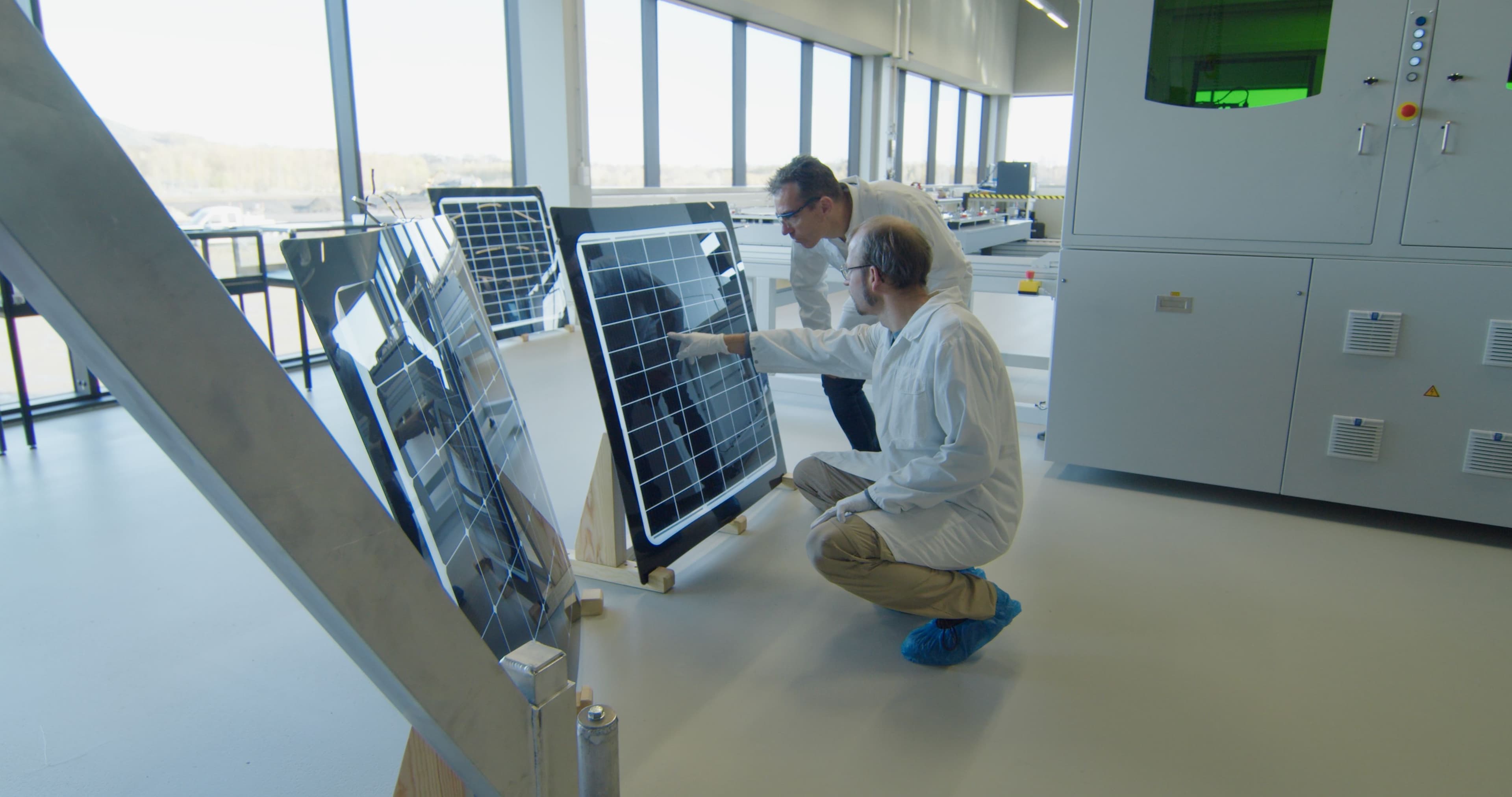Studies from the American National Highway Traffic Safety Administration (NHTSA) show that human error (e.g. misjudgment, speeding, fatigue, intoxicated or distracted driving, etc.) is the cause of 94 to 96 percent of all motor vehicle accidents.
Staggering numbers that illustrate how difficult it will be to realize governments’ increasingly ambitious road safety targets – such as the European Union’s ‘Vision Zero Initiative’ that aims at achieving a near zero fatality rate on EU roads by 2050. Very ambitious indeed – as long as human drivers sit behind the steering wheel, that is. Hence, high hopes are put on the introduction of autonomous (aka self-driving, or driverless) vehicles that can minimize or prevent the chance of human (driving) errors.
Test drives with autonomous vehicles (AVs) have been ongoing for over a decade. Today, automotive companies claim to have completed millions of miles of driving on public roads. Still – despite the ongoing buzz surrounding AVs – years of further development and thorough testing will be required before self-driving cars become part of everyday life and traffic.
“Traffic in urban centers is anything but predictable – with cyclists maneuvering through streets in very creative ways, pedestrians hopping on and off sidewalks and car drivers acting up. Today’s driverless vehicle technologies are not ready to address such challenges.”
As impressive as today’s trials are, they are typically conducted in ‘ideal’ circumstances – i.e. in fenced or highly-controlled settings that have fully been mapped in 3D. But as we all know, traffic in urban centers is anything but predictable – with cyclists maneuvering through streets in very creative ways, pedestrians hopping on and off sidewalks and car drivers acting up. Today’s driverless vehicle technologies are not ready for these challenges yet.
Does this mean the promise of AVs is entirely out of reach for the foreseeable future? Surely not: researchers and (automotive) companies around the world are making great strides to bring the underlying technologies to the next level – making them more robust and reliable. The development of self-driving systems that cover all potential situations and use-cases with 99.9999 percent reliability simply needs more time.
Technological innovation calls for out-of-the-box use cases and business models
“Is the fully autonomous car poised for failure before it has even been introduced? Perhaps not – if it comes with novel use cases and strategic business models.”
Ultimately, the abovementioned innovation effort comes at a cost. Literally. Today, for instance, as a stepping-stone to the introduction of truly driverless vehicles, manufacturers have started to equip cars with advanced driver assistance services (ADAS). ADAS have the potential to avoid or mitigate the severity of car crashes through features such as adaptive cruise control, lane keeping assistance, blind spot warning, pedestrian detection, etc.
Yet, adding those features makes (high-end) cars increasingly expensive. Needless to say, the introduction of AVs will involve even higher price tags, which could make driverless cars too expensive for fast, wide-spread adoption.
So, despite the promise of technological breakthroughs, is the fully autonomous car poised for failure before it has even been introduced? Perhaps not – if it comes with novel use cases and strategic business models.
An on-demand, autonomous shuttle service in Singapore
As mentioned, today’s technology is ready to accommodate autonomous driving in low-speed, low-traffic or fenced environments. Think of shuttles at an airport’s premises or transporting passengers to and from a city’s suburban parking lots and commercial centers.
In Singapore, an on-demand autonomous shuttle service was trialed last year on the island of Sentosa, with four vehicles operating along a pre-designated 3.5-mile route. To use the free service, customers simply hailed an autonomous shuttle via a mobile app, or dedicated kiosks near each stop. Each AV was equipped with radar, lidar, GPS, odometry and computer vision, to help sense its environment and identify appropriate navigation paths, obstacles and signage.
Initiated by local municipalities, AV deployments on the outskirts of town – in combination with small-scale in-city mobility solutions and traditional public transportation options – could greatly reduce local traffic and parking pressure.
Privately-owned cars: the end of an era?
“Consumers might not be prepared (nor might they have the financial means) to spend several thousands of dollars extra on a driverless car that stands idle for approximately 95 percent of the car’s lifetime.”
But that is merely one example of how AVs could make for a mobility revolution. Replacing privately-owned cars with a (subscription-based) mobility-as-a-service (MaaS) package is another one.
Since the price of ADAS-equipped and (in a later stage) autonomous vehicles will continue to increase, we should ask ourselves whether consumers will be prepared (and will have the financial means) to spend several thousands of dollars extra on driverless cars that will stand idle on people’s driveways for approximately 95 percent of their lifetime.
Going forward, we can expect that any investment in better equipped (and thus more expensive) vehicles will have to be compensated for by an increased utilization rate. Enter car sharing, where the right type of (self-driving) car could pick people up wherever/whenever they need transportation.
The key to success: changing the cost equation of building and maintaining cars
In summary, we could say that a successful introduction of AVs is likely to go hand-in-hand with novel use cases and business models that allow the investment in highly advanced (and increasingly expensive) technology to be spread over many subscribers. As such, the cost of innovation would no longer be a prohibitive factor to the technology’s deployment.
Obviously, for this to work, consumers as well as the broad ecosystem of automotive players will have to change their mindset. Consumers would need to let go of the concept of privately-owned cars (which is – more often than not – part of drivers’ identity), while the automotive industry would have to focus even more on offering the best possible features and service instead of concentrating on mass production and mass selling.
“A successful introduction of autonomous vehicles should go hand-in-hand with spreading the investment over many subscribers. It is all about making sure that the cost of innovation does not become a prohibitive factor to the technology’s deployment.”
If we can make that mindshift happen, AVs will surely have a role to play in meeting tomorrow’s mobility and zero fatality targets – even though they might never become a commodity.
Note: This article has previously been published on the Forbes Technology Council blog.

Jo De Boeck joined the company in 1991 after earning his Ph.D. from KU Leuven. He has held various leadership roles, including head of the Microsystems division and CTO. He is also a part-time professor at KU Leuven and was a visiting professor at TU Delft. Jo oversees imec's strategic direction and is a member of the Executive Board.
Published on:
24 September 2020












